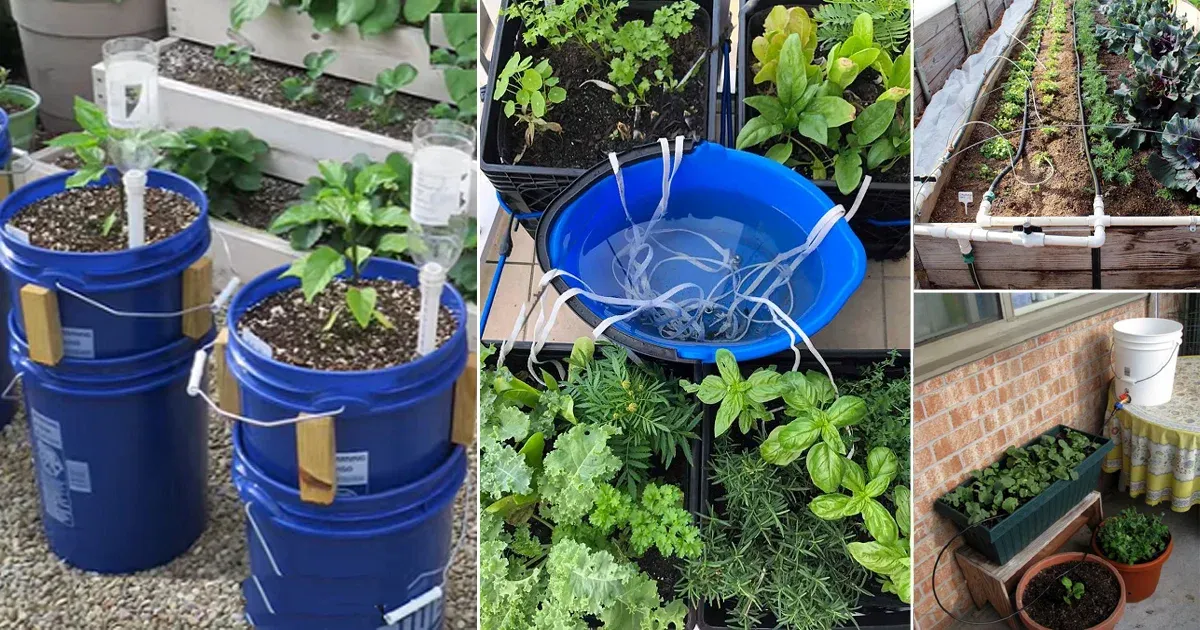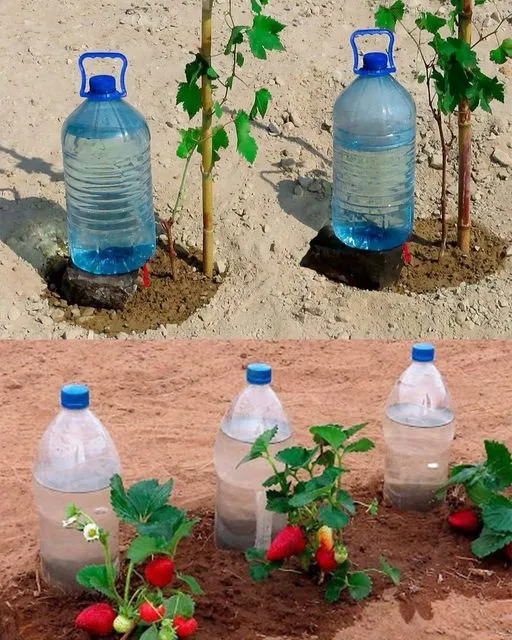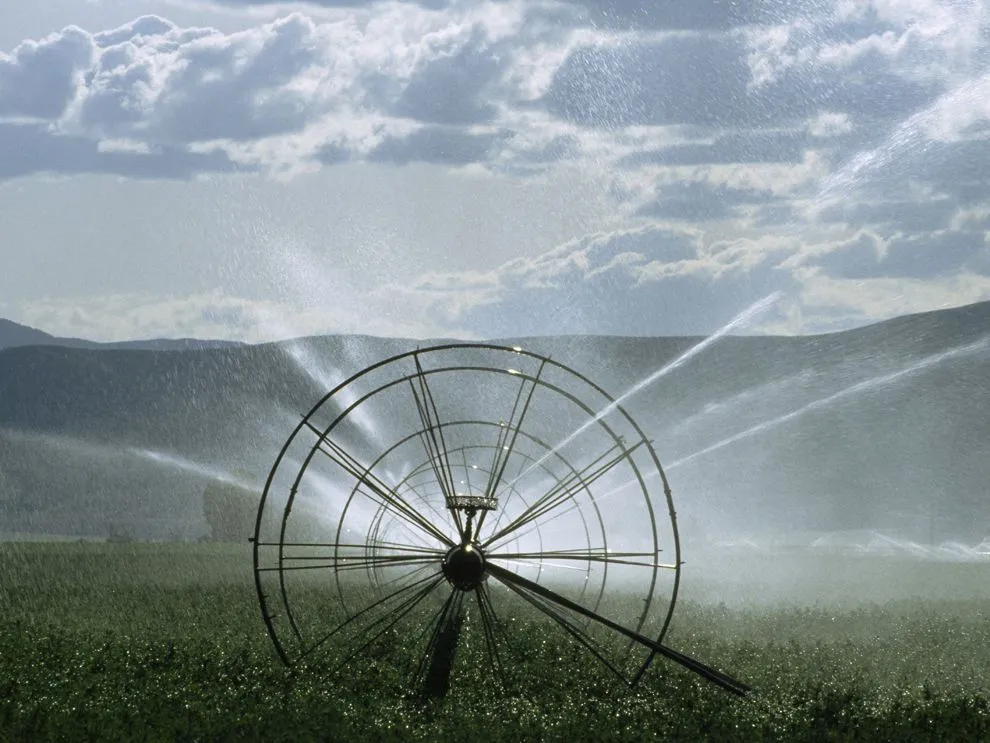
Source
Gardening has always been a pursuit marked by a keen desire to nurture and care for plants. Enthusiasts often find themselves on the lookout for inventive and sustainable methods that not only cater to the well-being of their green companions but also contribute to resource conservation and cost-effectiveness. In this comprehensive guide, we delve into a modern Do-It-Yourself (DIY) approach for watering plants, utilizing common household items to create a system that not only sustains plant life but also aligns with environmentally conscious practices.

Source
The essence of this DIY watering technique lies in its simplicity and efficiency. By repurposing everyday items found in households, gardeners can establish a watering system that is not only environmentally friendly but also fosters a sense of connection with the surrounding ecosystem. The goal is to ensure that plants receive the optimal amount of water they need for healthy growth while simultaneously addressing concerns related to water wastage.

Source
The significance of such sustainable practices extends beyond the garden, promoting a harmonious relationship between individuals and their environment. By adopting these eco-friendly watering methods, gardeners can play a role in resource conservation and contribute to a greener, more sustainable future. This guide aims to empower gardening enthusiasts with the knowledge and tools to create a nurturing and environmentally responsible watering system for their beloved plants.

Source
Advantages:
Targeted Distribution for Efficient Water Use: This method emphasizes precise water distribution to the primary areas of necessity, ensuring that water is used skillfully and wastage is minimized.
Reduced Frequency of Watering: By addressing the specific watering needs of plants, this approach reduces the necessity for frequent watering. Not only does it conserve water, but it also saves time and space.
Ideal Method for Rooftop and Outdoor Plantation: Particularly effective for rooftop gardens and outdoor plantations, this DIY system caters to the unique watering requirements of plants in these environments, providing optimal growth conditions.

Creating an Efficient DIY Watering System for Plants: A Step-by-Step Guide:
- Ensuring your garden thrives requires a thoughtful approach to plant care. An ideal solution is a DIY watering bottle that not only conserves resources but is also cost-effective. Follow these steps to craft a simple and effective watering system for your plants.
- Begin by selecting a sizable plastic bottle, around 5 liters in capacity, and thoroughly clean it, removing any labels. Mark two lines on the bottle using a marker – one approximately 15 centimeters from the bottom and the other 5 centimeters below the neck.
- Next, create outlets for water by making a small hole about 5 centimeters above the bottom and another hole 5 centimeters below the neck. These holes will regulate the water flow and prevent overwatering.
Now, fill the bottle with water up to the top hole, ensuring it's tightly sealed. This setup allows for a controlled release of water over time, promoting efficient plant hydration. - To implement the watering system, dig a hole near the base of your plant. Ensure it is deep enough to accommodate the bottle, leaving the top part exposed up to the marked line. Align the holes with the plant to facilitate a direct water supply.
- Complete the process by covering the exposed part of the bottle with soil, ensuring stability. As you fill the bottle completely and seal the cap, monitor the water levels regularly. This DIY watering bottle system is designed to provide a consistent and controlled water supply to your plants, fostering optimal growth.

Source
In conclusion, this environmentally friendly and budget-friendly DIY watering system offers an effective way to care for your plants, ensuring they receive the right amount of water without unnecessary waste.

Source